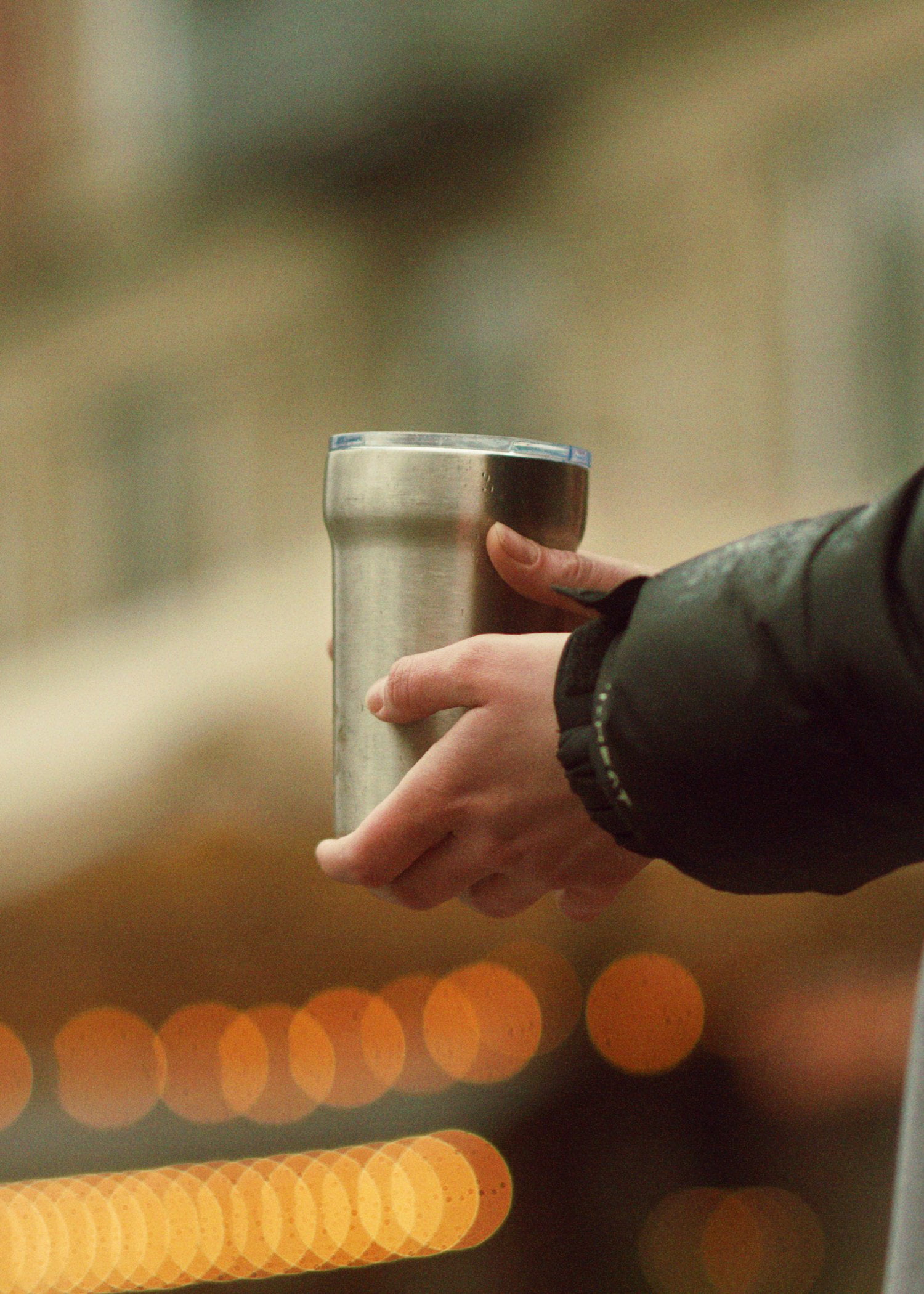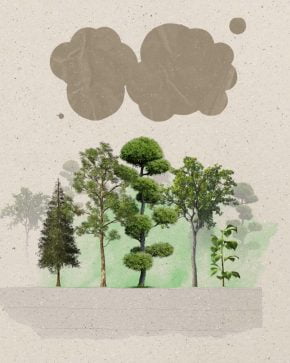What is the circular economy and how can it benefit us?
Photo: Kasper Kristoffersen

What is the circular economy?
In the circular economy, the traditional linear “take – make – waste” approach is replaced with a closed-loop system. This means that waste is not produced in the first place. Instead, products are designed to be easily repaired, reused or made into new items at the end of their life, in a beautiful circle.
Circular thinking is transforming how we design things, how we use them and what we do with them when we’re done. It’s one of the big shifts that we need to achieve to make the world fit for the future.
What are examples of a circular economy?
Examples of successful circular economy initiatives can be found around the world. For instance, a Danish startup called Kleen Hub has come up with a system to break our single-use packaging habit. Using the Kleen Hub app, customers can borrow reusable stainless-steel coffee cups and food containers, then return them to any participating café or restaurant. Customers only pay if they don’t bring the items back.
In its first 18 months, Kleen Hub got 4,000 users on board, who together saved 20,000 single-use items from being thrown away.
Other cool circular economy examples include bioplastic made from fish waste, ‘reversible architecture’ that allows buildings to be deconstructed and their components reused, and durable smartphones designed to reduce e-waste.
What are the benefits of a circular economy?
One of the key benefits of a circular economy is its contribution to environmental sustainability. By keeping materials and resources in circulation for as long as possible, the circular economy not only minimizes the amount of waste that ends up in landfills but also reduces the need to extract virgin resources.
The circular economy also promotes energy efficiency. By extending the life cycle of products through repair and reuse, less energy is needed to produce new items. Innovative practices like industrial symbiosis – where one company’s waste becomes another’s raw material – can also lead to significant energy savings.
There are economic advantages as well. The circular economy can create new business opportunities and promote job growth in sectors ranging from design and manufacturing to recycling.
How to go circular
Achieving a circular economy requires efforts from all of us. As individuals, we can make conscious choices by opting for products with longer lifespans, buying secondhand or sharing, borrowing and renting wherever possible.
Businesses can adopt innovative practices such as designing products with recyclability in mind or implementing take-back programmes for goods that have reached the end of their life. Governments also play a crucial role in creating supportive policies and regulations that incentivise sustainable practices.
By embracing the principles of the circular economy, we can move towards a more sustainable system where resources are conserved, waste is minimized and economic prosperity doesn’t come at the cost of the environment.








